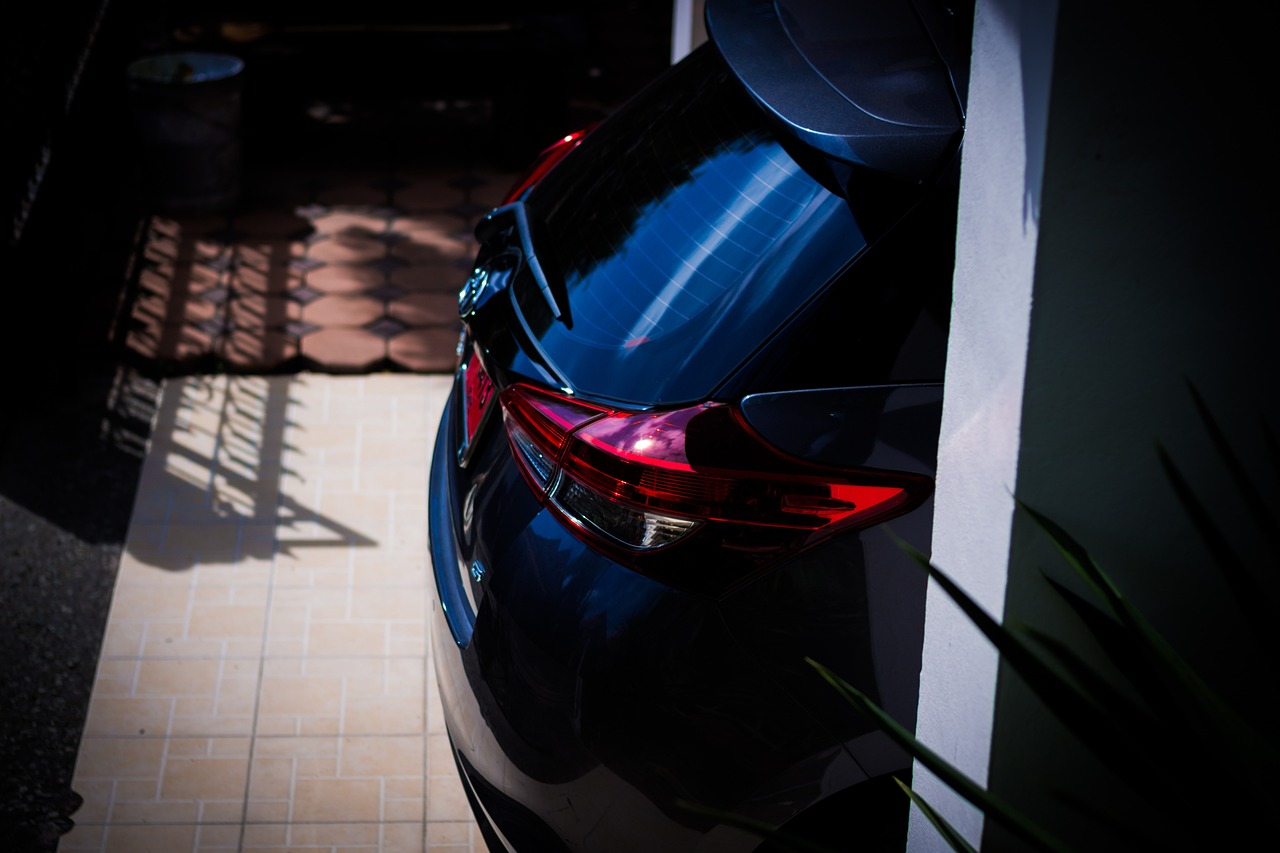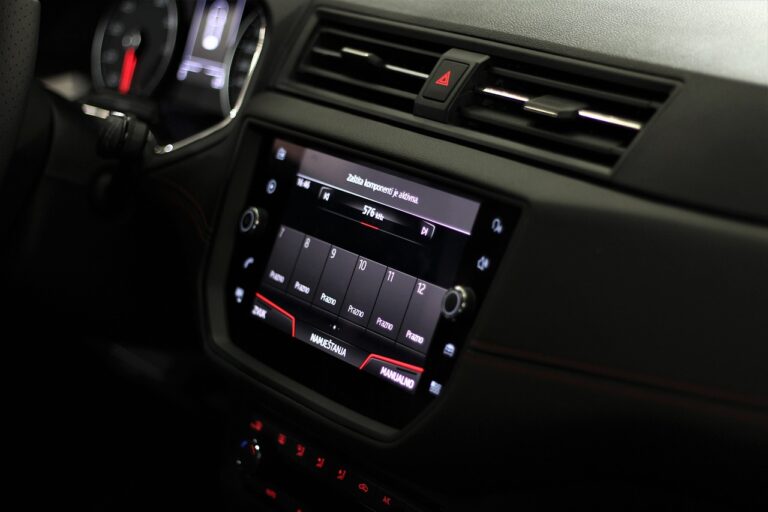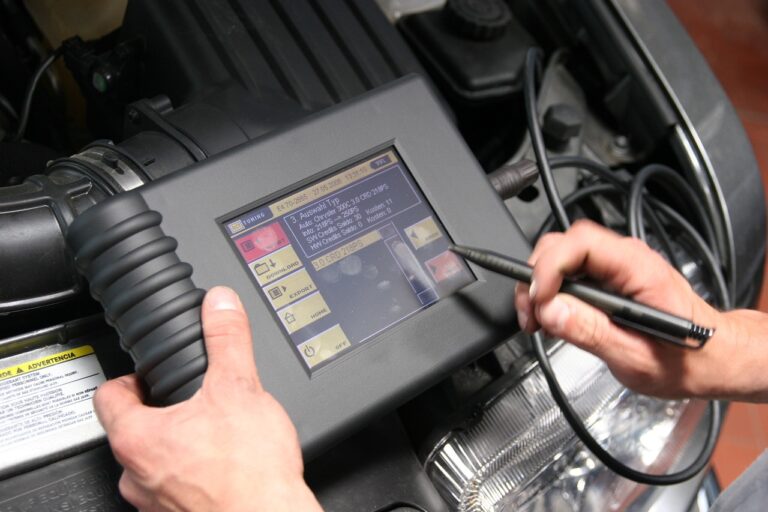How to Properly Maintain Your Car’s Cooling System
One of the common signs of a cooling system problem is engine overheating. If you notice that your vehicle’s temperature gauge is consistently higher than normal or if steam is coming from under the hood, it could indicate an issue with the cooling system. Another indication of a problem may be a coolant leak, which can manifest as puddles of coolant underneath your car when it’s parked.
Additionally, an inefficient cooling system can lead to poor heater performance inside your vehicle. If you’re experiencing weak heat output or if the heater takes a long time to warm up, it could be a sign that the cooling system is not functioning properly. Keeping an eye out for these warning signs can help you address cooling system problems early on and prevent more extensive damage to your vehicle.
Checking Coolant Levels
To ensure your vehicle’s cooling system is functioning optimally, checking the coolant levels is vital. Start by locating the coolant reservoir under the hood. The reservoir is typically a translucent plastic container with “high” and “low” markings on its side. Make sure the engine is cool before opening the reservoir cap to prevent burns from hot steam or coolant.
Once you have located the reservoir, visually inspect the coolant level. The coolant should be between the “high” and “low” markings on the side of the reservoir. If the level is below the “low” mark, it’s essential to add a 50/50 mixture of coolant and water to the reservoir up to the “high” mark. Regularly checking the coolant levels can help prevent overheating and potential engine damage.
Inspecting for Leaks
One critical aspect of maintaining a healthy cooling system in your vehicle is regularly inspecting for any signs of leaks. Leaks in the cooling system can lead to overheating and potentially cause serious damage to your engine. To check for leaks, start by examining the hoses and connections for any visible signs of coolant spilling or dripping. Additionally, inspect the radiator and the water pump for any indications of leaks.
Furthermore, keep an eye out for any white residue or buildup around the joints or connections in the cooling system, as this could be a sign of a leaking coolant. It’s also important to check underneath your vehicle for any puddles of coolant or wet spots, which may indicate a leak. By proactively inspecting for leaks in your cooling system, you can prevent potential issues and ensure the longevity of your vehicle’s engine.





